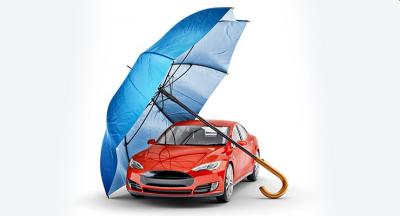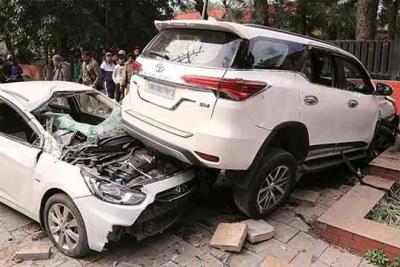All you need to know about the New motor vehicle insurance rules: Check Complete List
By Lokmat English Desk | Updated: July 7, 2022 16:42 IST2022-07-07T16:42:47+5:302022-07-07T16:42:47+5:30

India's insurance regulator, Insurance Regulatory and Development Authority or IRDAI, on Wednesday allowed insurance companies to issue add-ons for motor insurance policies.

These add-ons would permit policy buyers to subscribe to plans in accordance with their daily usage of the insured vehicles, and driving behaviour.

Among the tech-enabled concepts for the Motor Own Damage cover allowed by the regulator, the most interesting are Pay as You Drive and Pay How You Drive.

In a statement, the regulator said the concept of motor insurance in India is evolving and in the face of challenging demands of the millennials, the insurance sector needs to keep pace.

The Pay as You Drive concept will allow insurers to introduce plans linked to the usage of the vehicles. In simple terms this means that those who drive their vehicle less would pay lesser premiums. The Pay How You Drive concept would be linked to the way the insured drives her car.

This means a person who drives rough and fast would have to pay more premium, as the risk associated with her would be greater for the insurer.

IRDAI also allowed issuance of floater policy. This would benefit those who have a cart and a two-wheeler.

In the Pay as You Drive concept, the policy would be valid for a specified number of kilometres. This concept would benefit those who use their vehicles less.

They would have to pay lesser premiums compared to the general comprehensive plan. However, these plans would hurt the finances of people who use their vehicles more frequently as they may have to pay fatter premium checks. The idea behind approving these concepts is to bring under own damage cover those people who use third-party insurance to save cost. Under the Pay How You Drive concept, premiums will depend on the driving pattern and vehicle health. This will have secondary benefits as well -- for instance, safer driving and less pollution due to good vehicle health.

















